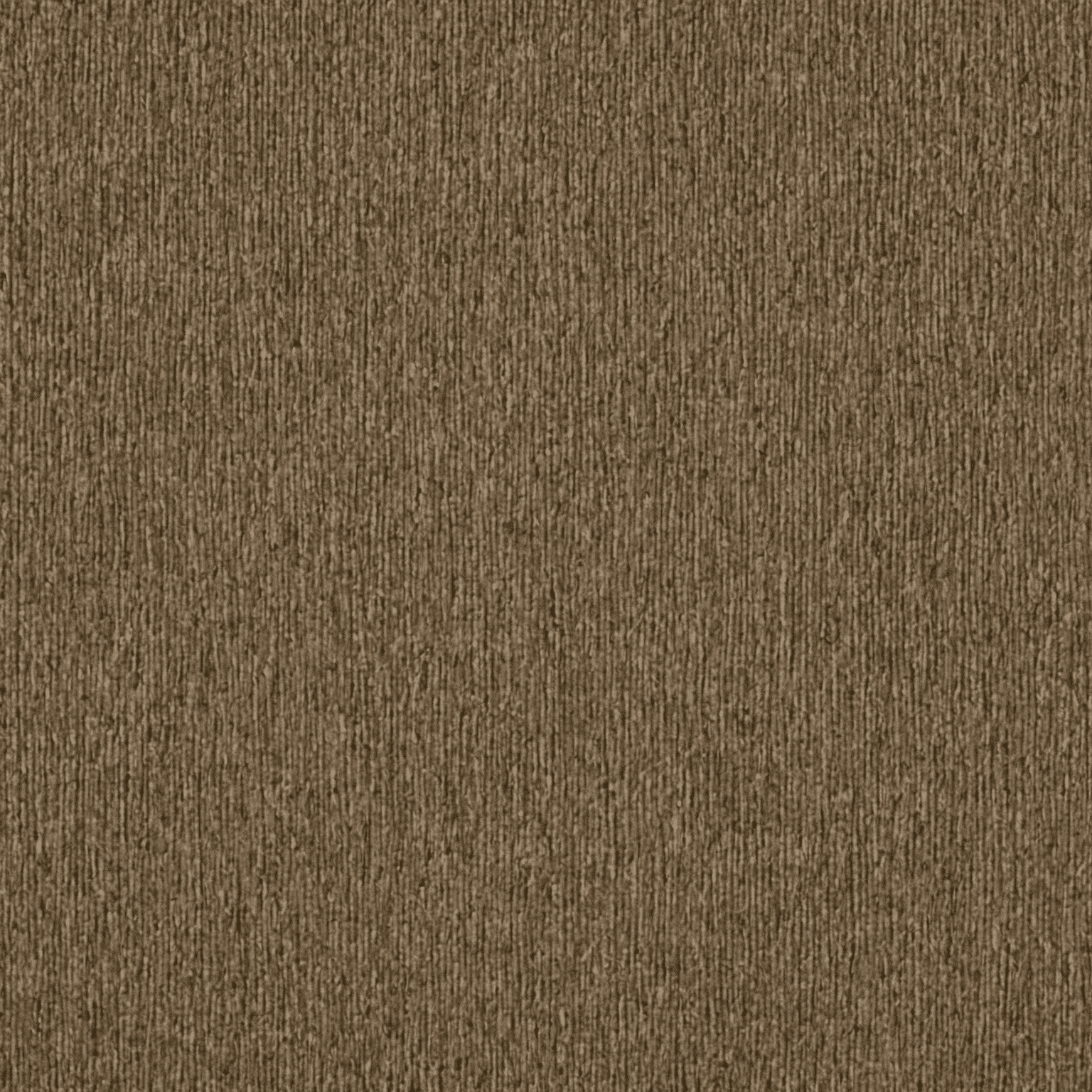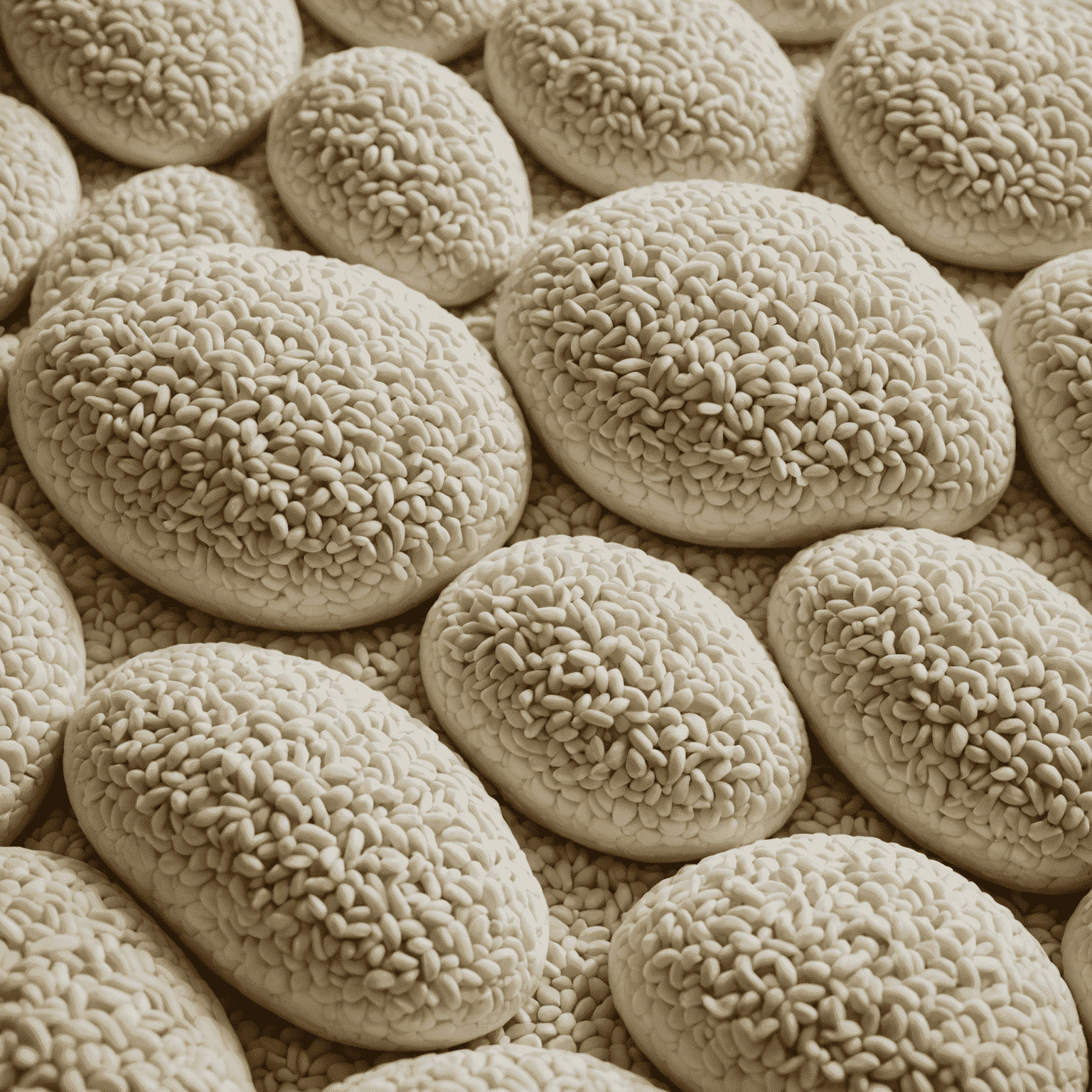Eco-Friendly Upholstery Options

Discover sustainable materials and practices for environmentally conscious furniture makeovers. As the demand for eco-friendly solutions grows, the world of custom furniture reupholstery is embracing green alternatives that not only look great but also help protect our planet.
Sustainable Fabric Choices
When giving your furniture a fresh look, consider these eco-friendly fabric options:
- Organic Cotton: Grown without harmful pesticides, organic cotton is soft, durable, and biodegradable.
- Hemp: A robust and fast-groflourishingg plant that requires minimal water and no pesticides.
- Recycled Polyester: Made from post-consumer plastic bottles, this fabric reduces waste and energy consumption.
- Wool: A natural, renewable resource that's biodegradable and long-lasting.
- Linen: Derived from flax plants, linen is strong, naturally antimicrobial, and requires less water to produce.
Eco-Friendly Padding and Fillings
Don't forget about the inside of your furniture. Consider these green alternatives for padding and fillings:
- Natural Latex: A renewable resource that's biodegradable and resistant to dust mites and mold.
- Kapok: A silky fiber from the kapok tree that's lightweight and hypoallergenic.
- Recycled Foam: Made from post-industrial waste, this option gives new life to materials that would otherwise end up in landfills.
- Wool Batting: A natural insulator that's fire-resistant and biodegradable.

Sustainable Practices in Reupholstery
Adopting eco-friendly practices goes beyond just materials. Here are some ways to make your reupholstery project more sustainable:
- Upcycling: Give old furniture new life instead of purchaseing new pieces.
- Low-VOC Adhesives: Choose adhesives with low volatile organic compounds to reduce harmful emissions.
- Water-Based Finishes: Opt for water-based stains and varnishes instead of solvent-based ones.
- Minimal Waste: Plan your fabric cutting to minimize waste, and recycle or repurpose scraps.
- Local Sourcing: Choose materials and craftspeople from your local area to reduce transportation emissions.
The Benefits of Eco-Friendly Upholstery
Choosing eco-friendly options for your custom furniture reupholstery project provides numerous benefits:
- Reduced environmental impact
- Enhanced indoor air quality
- Support for sustainable industries
- Unique, natural aesthetics
- Potential health benefits from non-toxic materials
- A sense of pride in making eco-conscious choices
By choosing eco-friendly upholstery options, you're not just giving your furniture a fresh look – you're contributing to a healthier planet. Whether you're reupholstering a family heirloom or updating a thrift store find, consider these sustainable materials and practices for your next project. Your furniture and the environment will thank you!